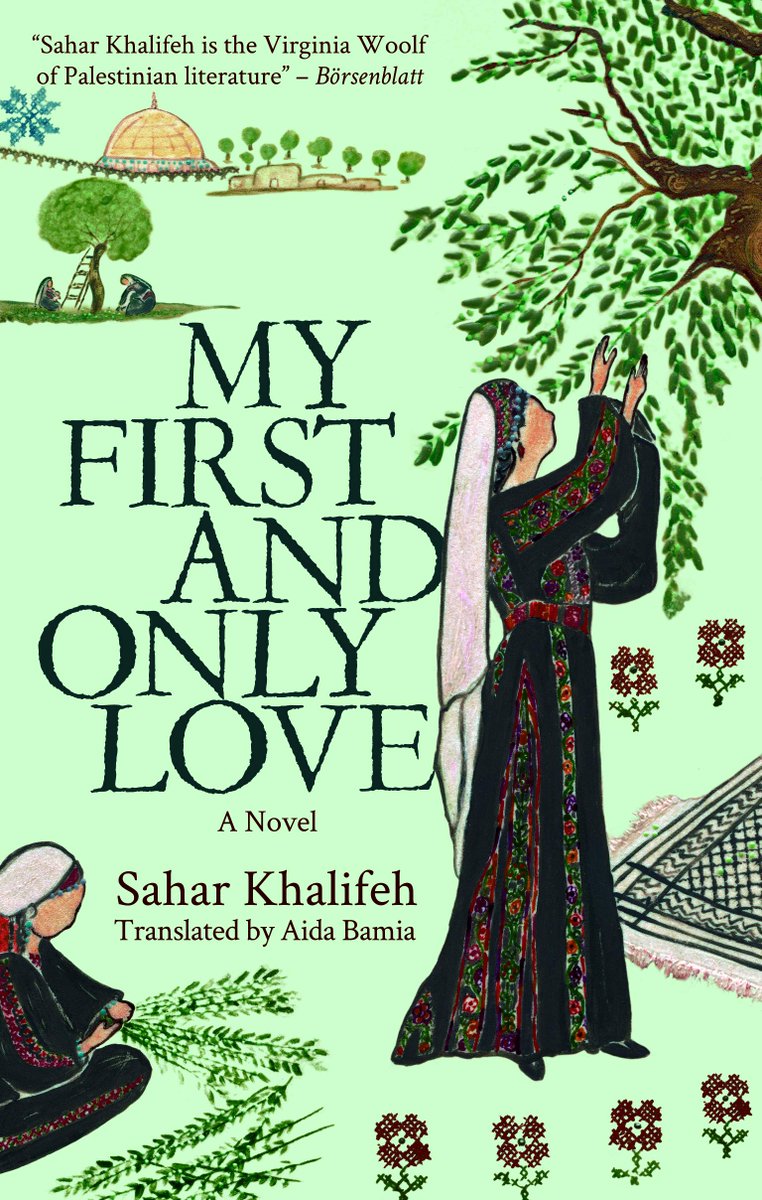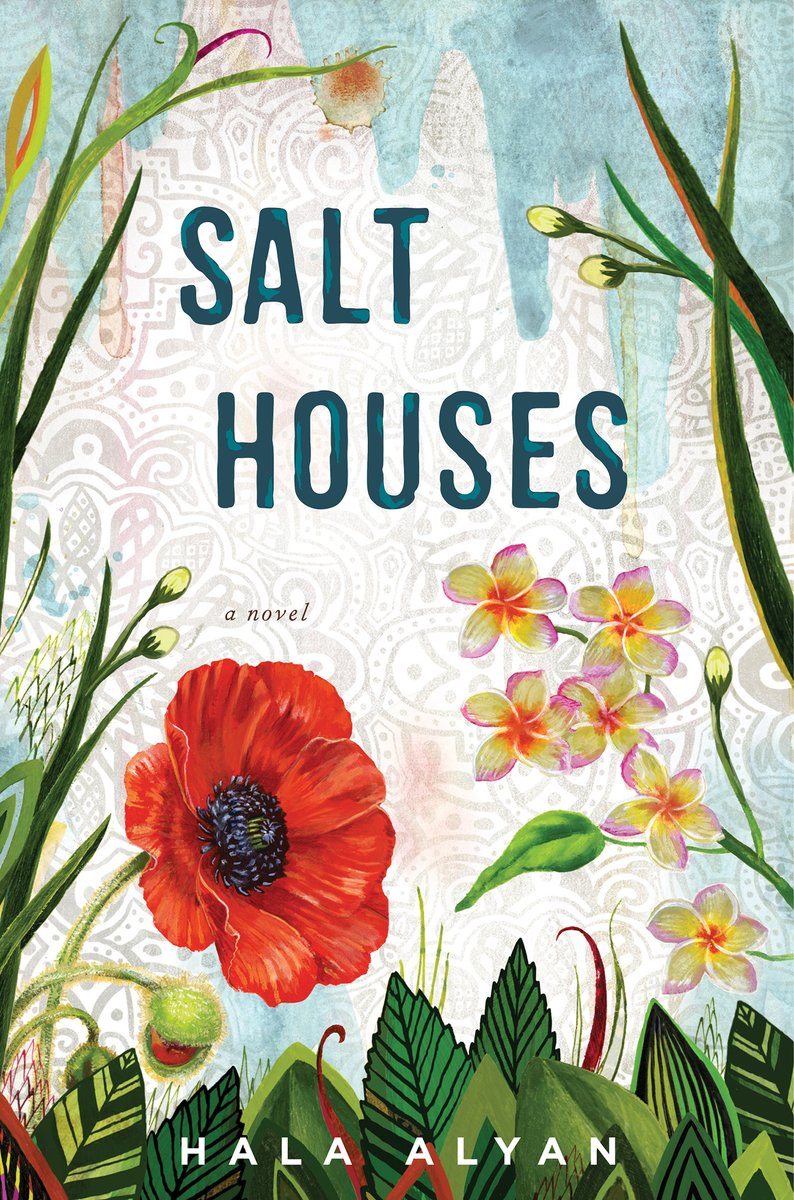For those who start the New Year in less than festive mood, consider Tolkien's New Year diary entry from when he was 18 years old:
"Depressed and as much in dark as ever,... God help me. Feel weak and weary."
A thread on Tolkien's unpublished diary entries.
#Tolkien #NewYear

"Depressed and as much in dark as ever,... God help me. Feel weak and weary."
A thread on Tolkien's unpublished diary entries.
#Tolkien #NewYear


1910 looked like a rather gloomy start of the year for Tolkien. He just went through rough childhood as an orphan. Father Francis, his guardian, didn't approve his relationship with Edith. He was afraid of not getting scholarship and disappointing his guardian.
Tolkien's diaries are owned by Tolkien Estate, kept at Bodleian Library, and only open for approved researchers, so I can only see quotes. But that first entry is so striking for me: direct, tired, unsure. Murky waves that contributed to one's uncertainty when facing a new year.
Just like how aspects of Tolkien's life bled to his works (especially Middle-earth legendarium), his diaries blended his personal fear, happiness, amusement, sadness, intellectual interests, and mundane comments.
My favorites are entries about his son, Christopher. A 1924 entry after Christopher's birth was, "Now I would not go without what God has sent." Entry in 1930s described Christopher as "nervy, irritable, cross-grained, self tormenting, cheeky, yet lovable, much like himself."
The most relatable entry was probably the one he wrote after the death of his friend, C. S. Lewis. From late 1963/1964: "life is grey and grim. I can't get anything done, between stateness and boredom (confined to quarters), anxiety and distraction....(cont.)
What am I going to do? Be sucked down into residence in a hotel or old people's home or club, without books or contacts or talk with men? God help me!" This sounds way more personal and "unfiltered" compared to his letters, which were curated and officially published.
Influences of Tolkien's personal life in his works are not secret, but seeing these entries gave me extra dose of emotional honesty. As someone of active mind, who had loved and lost, he was afraid of confinement, loneliness, abandonment. Or, as Eowyn said, he feared "a cage".
This is something I can understand as someone who first read Tolkien during the most turbulent times of my life. A teenager who had experienced authoritarian era, book purging, political upheaval, regional financial crisis, and fear of horizontal conflicts.
On top of those things, I had to deal with personal issues because I was used to suppress feeling and emotions. I had to leave home for study. My father was unfairly booted from his job. There was anxiety over my future. I would've burst if not for Tolkien's books I packed.
Tolkien's unique way of describing characters grounded me. He wasn't shy in describing affections between his characters. He made them experience fear, death, betrayal, uncertainty. However, he also gave them moments of blissful rest and sense of hope.
The most important thing? In the story that ends all the stories (LoTR), he gave bittersweet ends for his characters. It was comforting for me. I accepted that Frodo must leave to heal, but Sam could come home and help healing the Shire. Tolkien validated my fear AND soothed it.
Honestly, it's rather comforting seeing Tolkien's gloomy entry that he wrote on the New Year. After all, it's okay if we start the new year with less festive mood. Perhaps the best thing we can hope for is enough good things to crack some light between the cloud of bad things.
• • •
Missing some Tweet in this thread? You can try to
force a refresh





















